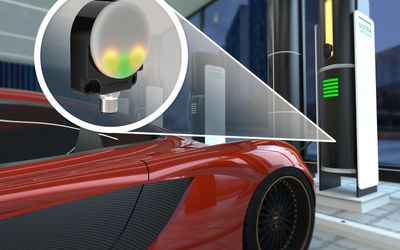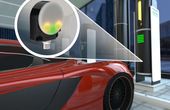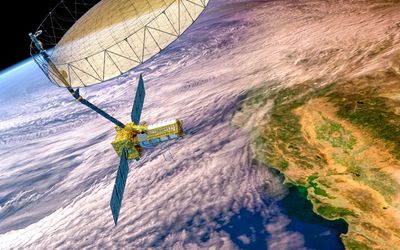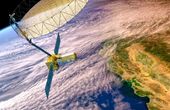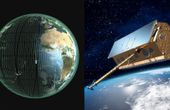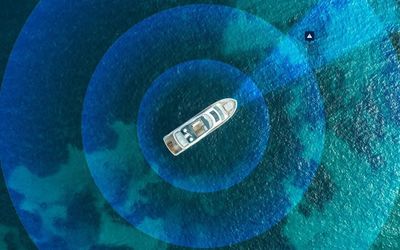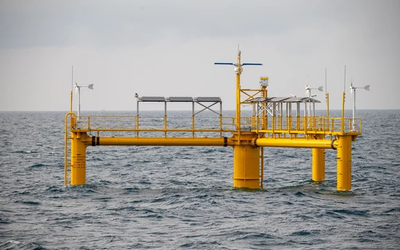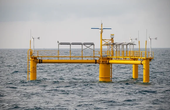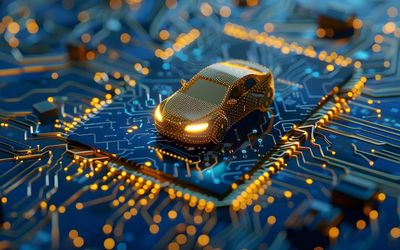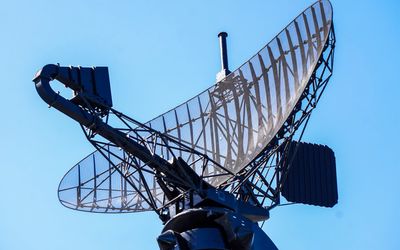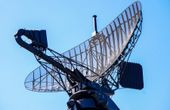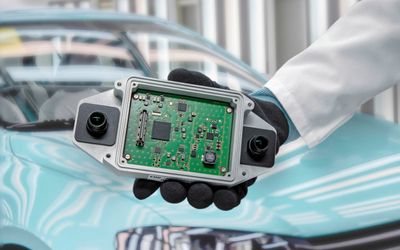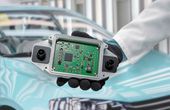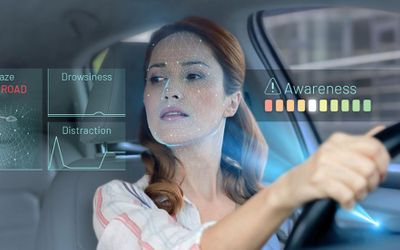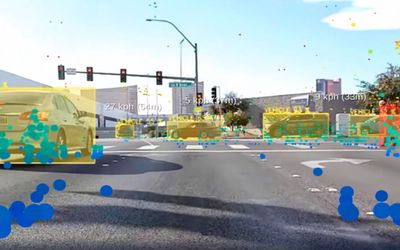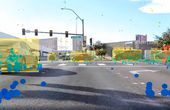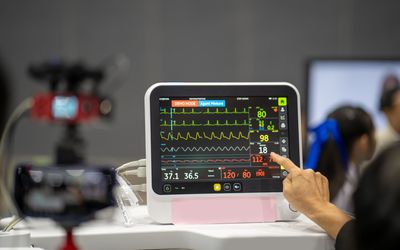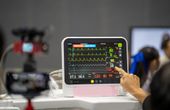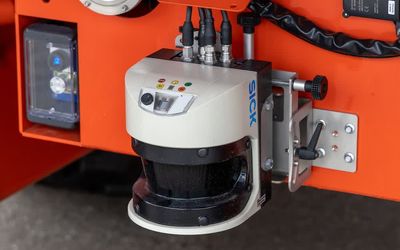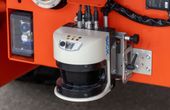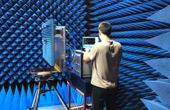Tagged with
radar
Latest Posts
In the realm of radar and communication systems, understanding different frequency bands is important. Among these, the K band, Ka band, and X band stand out due to their distinct properties and applications. Mastering their nuances enables engineers to improve system performance and add innovations.
Steering Towards Safer Rides: The Role of Radar and ToF Sensors in In-Cabin Monitoring Systems (ICMS)
As cars shift to automated driving, In-Cabin Monitoring Systems (ICMS) are vital for passenger safety and comfort. Incorporating Time-of-Flight cameras and radar sensors enables ICMS to detect occupants and their behaviors promising a safe and personalized automotive experience.
2023 Autonomous Vehicle Report Interview: Building Trust in Autonomous Driving - Navigating Future Reliability and Milestone Achievements
Sponsor interview with Theresa Hackl, Application Marketing Engineer, Komei Takura, Senior Business Development Manager for Mobility and Yoichi Murakami, Senior Product Manager for Function Devices at Murata.
Contactless Measurement of Heart Rate and Respiration Rate: Transforming Healthcare with Radar Sensors
The demand for compact yet energy-efficient radar sensors for remote vital sign monitoring is witnessing an exponential rise in the healthcare industry for several reasons.
